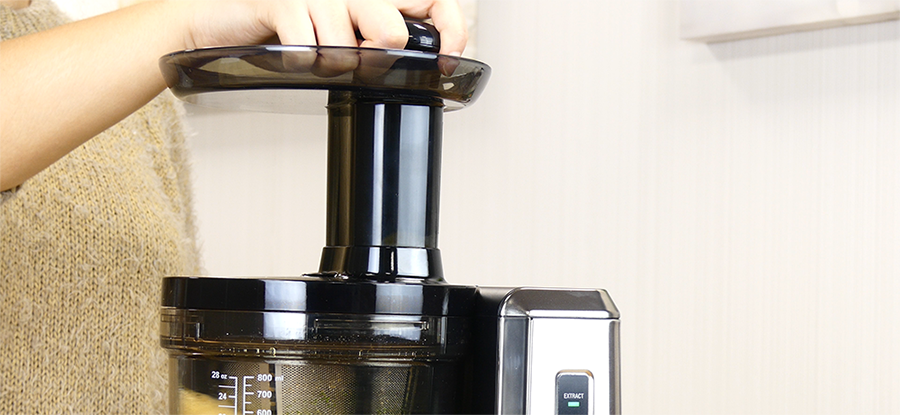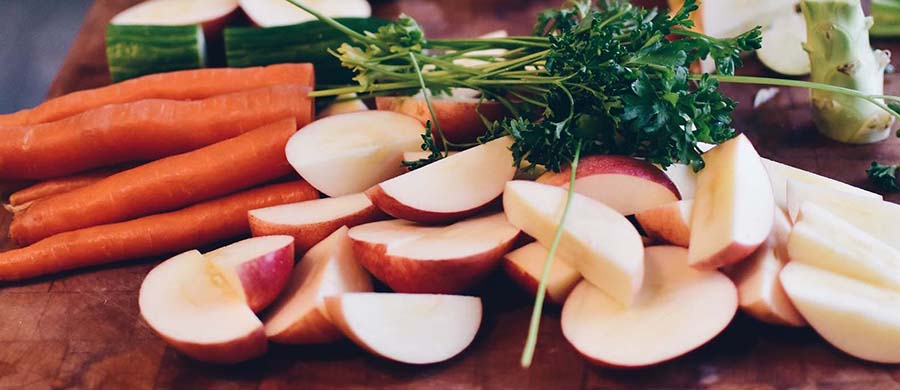
Juicing technique is important if you want to get the best results from your juicer. Yet despite this, owners will often neglect or misuse their juicer, which leads to frustration when it doesn’t perform how they expect it to. If that’s a good description for you then don’t worry, just follow these 5 tips to correct juicing procedure and you’ll be sorted in no time.
Preparing Ingredients
Preparing ingredients for many people is the most mundane part of juicing. This typically leads to shortcuts being taken and ingredients becoming tougher and tougher to juice. We can understand, especially as current top-level juicers can handle mistreatment well. However, if you want the best yields and are looking for your juicer to survive well beyond its warranty, then we recommend cutting any larger ingredients into smaller chunks. Even slim ingredients like carrots or celery will be juiced more effectively when cut into halves or thirds.
Never Cram the Feed Chute
Seriously, don’t ever do it! Cramming is one of the most common juicing sins that we see our customers committing and honestly it makes the entire process tougher and less enjoyable. Avoid it simply by putting your ingredients down the juicer one at a time and wait for pulp to finish ejecting before adding more. This method is not only easier and less physically demanding, but it will improve the nutritional value of your juice and the overall yield.
Now, there are a few exceptions to this rule. A whole fruit juicer, for example, can handle a larger amount of ingredients at once and modern juicers do allow a faster loading speed. However, even they have their limits, so don’t try to push them too far if you want them to last longer than a year.
Alternate Your Ingredients
Really juicing correctly revolves a lot around your ingredients and how you use them. One extra way to get the best from them after you follow the first 2 tips is to alternate what you feed in. This is especially useful if you have different types of ingredients, such as soft and hard or fibrous and non-fibrous. Alternating between these types will allow your juicer to clear out pulp more effectively and will produce a smoother juice with a more even flavour.

The Juice Cap
Many people don’t realise that keeping the juice cap closed helps the juicer far more than it hinders it. The first benefit is that the juice will lubricate all the components as they function, reducing the chances of a jam and generally increasing the efficiency of extraction. On top of that the juicer can also be continually mixing the ingredients into a more even juice.
Thorough Cleaning
Our final tip is perhaps the most important and one that people frequently don’t listen to. Always clean your parts straight after juicing! It doesn’t matter if you used your device for 1 minute or 30, when you’ve finished, it is key that you take the juicing components and scrub them out. This is most important with the screen, the pulp outlet and underneath the augur. If pulp gets stuck and dries in any of these areas it can become very tough to get out later and will definitely lead to worse yields or maybe more serious issues depending on the situation.
